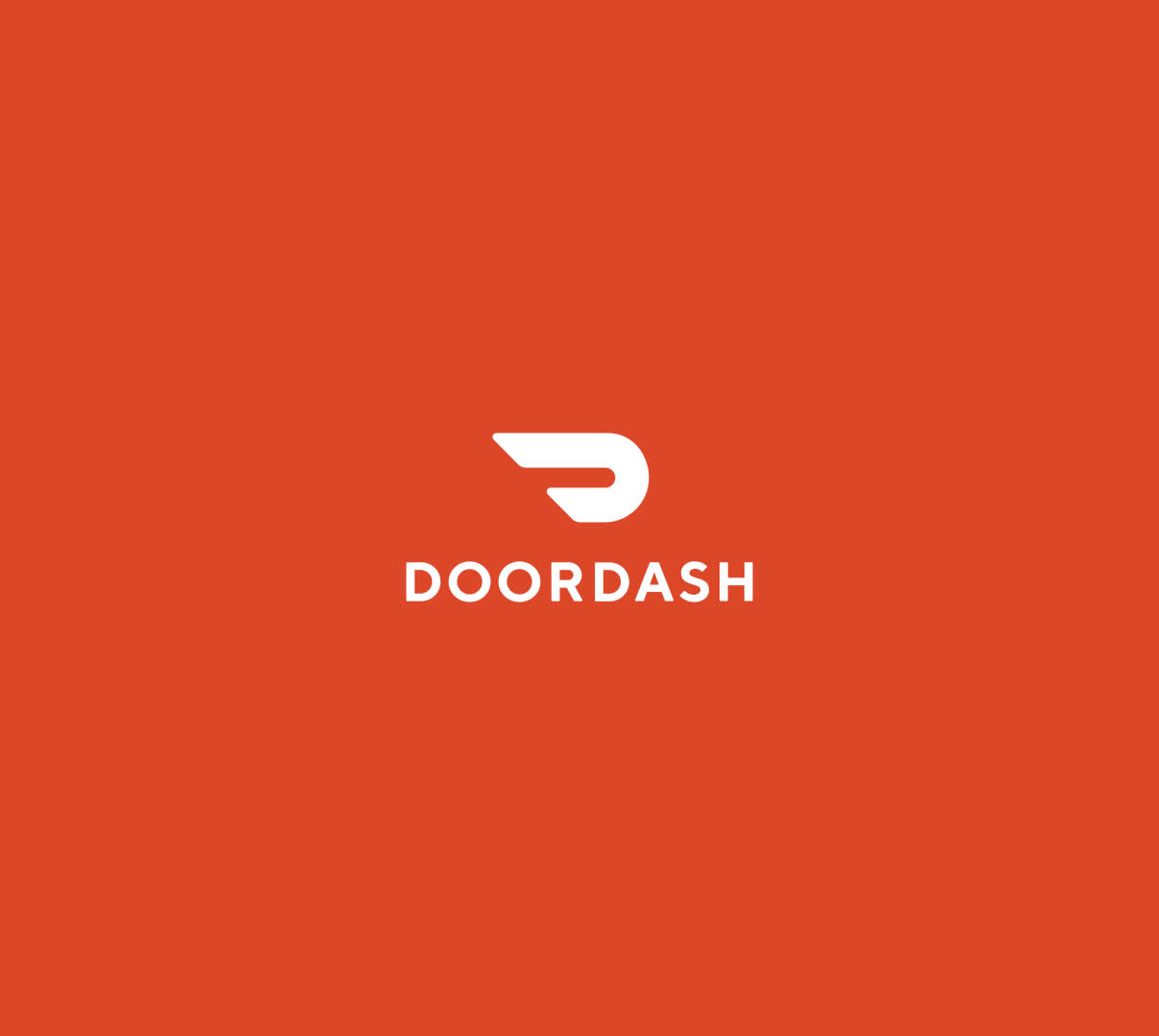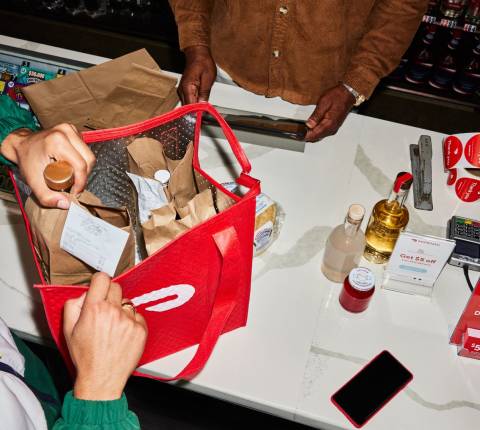Over the last year, there have been efforts at all levels of government to help support restaurants across the country as they grapple with the challenges associated with the pandemic. From passing momentous Federal legislation like the Paycheck Protection Program and the $28 billion Restaurant Revitalization Fund, to adapting local regulations to help restaurants expand outdoor seating, to establishing grant programs like the ones DoorDash contributed to in Texas and Colorado, these efforts have made a tremendous difference for businesses around the country.
We’ve also seen, in some jurisdictions, a well-intended, but ultimately harmful trend of implementing price controls that restrict the agreements restaurants can enter into with platforms like DoorDash. As we have previously outlined, the fees restaurants pay DoorDash cover things like credit card processing costs, insurance, support agents, background checks, marketing and advertising for restaurants, app and website maintenance, and most importantly, Dasher pay.
Price controls ignore two key facts: first, that restaurants have choices in how they operate their businesses. Some restaurants choose to hire their own delivery drivers, and just receive orders through DoorDash. Others need more fulsome support with marketing, and should be able to opt-in to those additional costs and services while choosing the partner that best fits their needs.
The second fact is that there are fixed costs per delivery that still have to be paid when price controls are in effect. In fact, commissions under price controls do not cover the cost of the delivery services DoorDash provides merchants. Dashers still deserve meaningful earnings for the deliveries they’re completing, credit cards still need to be processed, background checks and insurance policies must continue uninterrupted, questions and concerns need to be addressed and resolved by the support team, and more.
Unfortunately, this is why in some markets, where state and local governments have passed price controls, we’ve needed to begin charging customers an additional fee. We realize this isn’t ideal, but with these regulations in place, these fees help us to continue providing convenient delivery for customers, meaningful earning opportunities for Dashers, and valuable services that help drive orders for merchants.
In these markets, we have seen a tangible impact of the basic economic rule: when prices go up, demand goes down. With time to study these restrictions, we’ve clearly seen the unintended consequences emerge that we had unfortunately expected from these policies. When our platform becomes less affordable for consumers, restaurants’ sales decline and they see less revenue, Dashers are able to earn less money, and governments generate less in sales tax – money needed to support government services for the public.
Take for example, what happened in March in three markets with price controls where we’ve needed to begin charging customers an additional fee:
St. Louis merchants saw an over 4% decrease in order volume. This means that same month, over $110K never made it into the pockets of St. Louis Dashers.
Philadelphia merchants saw an almost 7% decrease in order volume. This means that same month, over $449K never made it into the pockets of Philadelphia Dashers.
New York’s Westchester County merchants saw an almost 4% decrease in order volume. This means that same month, over $45K never made it into the pockets of Westchester County Dashers.
This means that if price controls were extended or made permanent in these three markets, over $7 million a year could never make it into the pockets of Dashers.
These jurisdictions are just three examples of the real-life consequences that price controls have. If these controls continue to stay in place, we expect more cities, counties, and states to show similar results, with negative impacts for restaurants, customers, and Dashers.
You can hear more from Dashers like D’Shea in this video:
We know this is the opposite of what most local policymakers intended, and it’s the antithesis of what DoorDash stands for. Since the first price control was implemented, we’ve said that these will ultimately harm restaurants and Dashers and that there are better solutions to support local restaurants. As we near what we hope will be the end of the pandemic and the restrictions on indoor dining, it’s imperative that local leaders allow active price controls to sunset as emergency orders expire and indoor dining returns, and look to other, more impactful policies, like direct funding, waiving permitting fees, expanding sidewalk access, reducing taxes, increasing access to testing, and more.
Our platform succeeds only when it works for all sides of our marketplace: restaurants, Dashers, and customers. We look forward to working closely with lawmakers everywhere on ways to ensure restaurants can thrive into the future.



